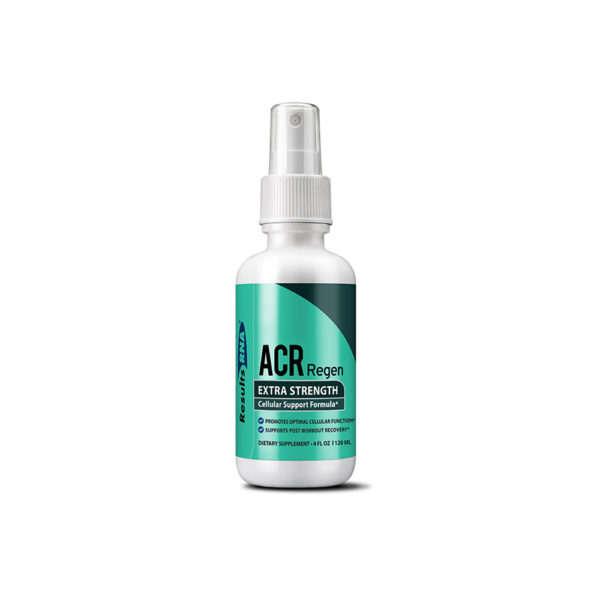
The Anatomy of a Great gel
How Consequence RNA ACS Can Assist with Detoxification of Metalloids
Utilizing a RNA-Seq strategy to analyze the microbial reaction to cyanide-containing wastewaters, we identified 20 putative sRNAs that were differentially expressed inside the existence of liquid cyanide. These sRNAs were predicted to form really structured molecules with a number of hairpin loops. Of these twenty putative sRNAs, fifteen have been identified when addressed in synthetic media with sodium cyanide. Five of these sRNAs may possibly play a regulatory function while in the detoxification of metalloids.
Final result RNA ACS pauses polymerase
Micro organism pause their Consequence RNA ACS two hundred polymerase at distinct positions all through transcription. Together with facilitating termination, pausing also will help variety RNA structures. Researchers have described two sorts of pausing: backtracked and elemental. As opposed to backtrack pausing, hairpin-stabilized pausing hasn't been explained yet. In each sorts, the pause promotes termination by inhibiting NusA binding to DNA.
This kind of End result RNA ACS two hundred added power pausing will allow scientists to recognize genes which are transcriptionally engaged and actively processing RNA. The method is sensitive and it has low history, making it appropriate for several organisms. It calls for the planning of nuclei and polymerase run-on. Its sensitivity makes it ideal for figuring out gene expression degrees in lots of organisms. This method could be beneficial in detoxification investigation.
World-wide nuclear run-on assays confirmed the presence of paused Pol II molecules in 2008. The sarkosyl drug blocks pause-inducing factors, which allows RNA synthesis to commence. Having said that, the pause-inducing elements can not be induced in GRO-seq, and therefore a peak of signal close to promoters is a clear acs 200 gel indicator that Pol II is paused.
The impartial RNAP2 pausing info from these studies have demonstrated that the paused RNAP2 is enriched for genes associated with mobile cycle, detoxification, and DNA fix. These facts propose that RNAP2 pausing performs a crucial function in regulating gene expression and chromatin structure in mammals. Further, these experiments have unveiled the paused RNAP2 is necessary for detoxification, when its absence inhibits mRNA synthesis.
Result RNA ACS 200 added toughness suppresses NusA from binding to enzyme
It is understood which the nucleosome's a-CTD inhibits the action of NusA, which is needed to bind to Final result RNA ACS two hundred. The a-CTD is located near the three' conclusion of your nascent transcript and interacts with the nut-website RNA. Due to this fact, NusA prevents the nascent RNA from reading from the nascent transcript. This conversation among NusA and RNA polymerase is essential to control transcription.
The carboxy-terminal area of NusA is required for NusA's functionality in termination. This region also serves for a binding site for RNA. Some extent mutation inside the carboxy-terminal area improves antitermination by way of NusA. However, the deletion of the a-CTD helps prevent NusA from stimulating termination in vitro. Consequently, the carboxy-terminal inhibitory domain of NusA might be important for the antitermination of RNA.
A mix of nusA, rho, and nusG mutations was synthetically lethal. Nonetheless, lethality was suppressed when nucleoid protein H-NS was expressed from the cells. For that reason, NusA is needed for factor-dependent transcription termination and is particularly important in building a spectrum of termination efficiencies, ranging from polarity to lethality.
Consequence RNA two hundred ACS Silver Gel regulates cyanide-containing wastewaters detoxification
Employing a strain of P. pseudoalcaligenes CECT5344, scientists had been capable of discover five sRNAs particularly controlled by sodium cyanide. Five of such sRNAs had been exclusively regulated by the cyanothrophic strain, though two Many others were present in pseudomonads. These outcomes propose that sRNAs regulate cyanide metabolism on the post-transcriptional amount.
Consequence RNA ACS, or Result RNA processing, is linked to cyanide detoxification in P. pseudoalcaligenes CECT5344. These bacteria use free of charge cyanide as the only real nitrogen supply, a characteristic that allows them to tolerate substantial steel concentrations in jewelry wastewaters. To analyze this issue, scientists employed transcriptomics, proteomics, and small RNA analysis to identify genes involved in cyanide resistance. These sRNAs had been subsequently amplified by acs 200 silver RT-PCR.
sRNA312 induces the expression of non-clustered targets of sRNAs. These targets include things like a putative membrane ingredient, a member with the AhpC/Tsa spouse and children, as well as the ATP-binding protein MetN. The significant-severity goal of sRNA655 was found in cyanide-containing wastewaters. Having said that, It's not distinct no matter whether methionine has an effect on cyanide detoxification in CECT5344.
sRNA649 targets a number of genes. It has the best number of targets and regulates the expression of cyanide-similar genes. It's the most targets, nit1C, which codes for nitrilase NitC. Furthermore, it targets mcl-PHA polymerase, which can be involved with metabolism of medium-size polyhydroxyalkanes. In addition it regulates the expression of formate dehydrogenase.